Description
Familiarity with Treatment
Corneal cross-linking (CXL) is a minimally invasive procedure designed to treat keratoconus, a progressive eye disease where the cornea thins and bulges into a cone shape. This procedure aims to strengthen the cornea by creating new bonds between collagen fibers, thereby halting or slowing the progression of keratoconus.
Procedure Explanation
- Preparation: The eye is numbed with local anesthesia.
- Epithelium Removal: The outer layer of the cornea (epithelium) is removed to allow better absorption of the riboflavin (vitamin B2) eye drops.
- Riboflavin Application: Riboflavin eye drops are applied to the cornea for about 30 minutes.
- UV Light Activation: The cornea is exposed to ultraviolet A (UVA) light for another 30 minutes, which activates the riboflavin and strengthens the collagen fibers.
- Completion: A bandage contact lens is placed on the eye to aid healing.
Who is it Suitable For?
- Patients with progressive keratoconus.
- Individuals with mild to moderate keratoconus.
- Patients who have not responded well to other treatments.
- Those with corneal ectasia after refractive surgery.
Who is it Not Suitable For?
- Patients with severe keratoconus where corneal thickness is too thin.
- Individuals with active eye infections or severe inflammation.
- Those with a history of poor wound healing.
- Patients with significant corneal scarring.
Advantages
- Slows or halts the progression of keratoconus.
- Reduces astigmatism and irregular astigmatism.
- Improves visual acuity and quality.
- Minimally invasive with a relatively quick procedure time.
- Reduces dependence on glasses or contact lenses.
Complications
- Infection or inflammation.
- Hazy or blurry vision.
- Sensitivity to light.
- Discomfort or mild pain.
- Rarely, worsening of keratoconus or scarring.
Previous Care
- Comprehensive eye examination to determine suitability.
- Discontinuation of contact lenses prior to surgery.
- Detailed discussion of potential risks and benefits with the ophthalmologist.
Aftercare
- Use of prescribed antibiotic and anti-inflammatory eye drops.
- Avoid rubbing the eyes.
- Regular follow-up visits to monitor healing.
- Temporary use of protective eyewear.
- Avoiding water in the eyes and heavy exercise for a few weeks.
Stay at Hospital?
- This is typically an outpatient procedure, so an overnight stay at the hospital is not required. Patients can usually go home the same day after a brief observation period.
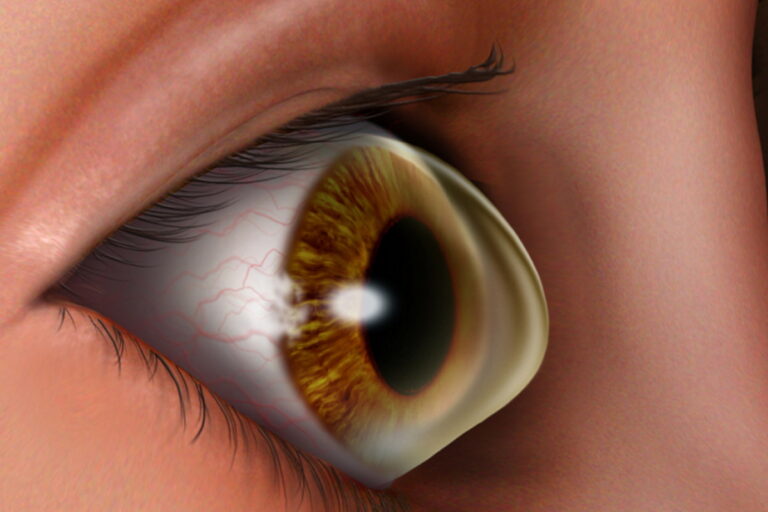
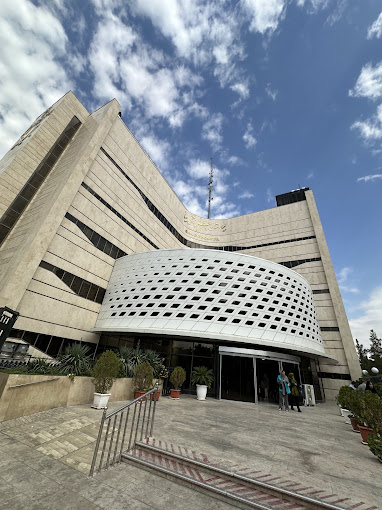

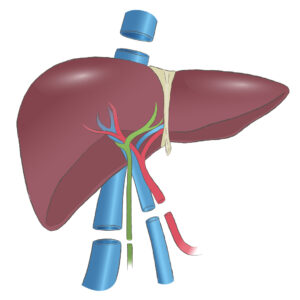
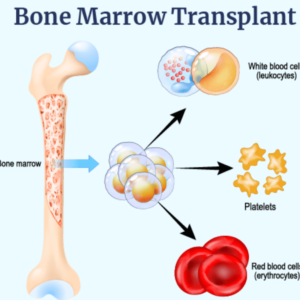
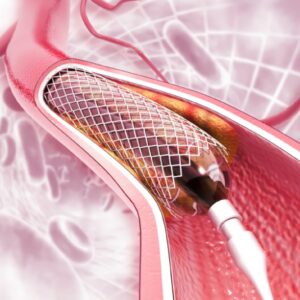

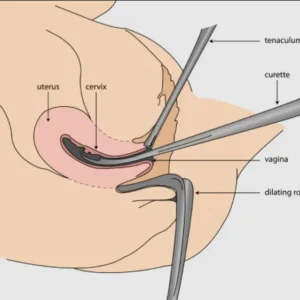
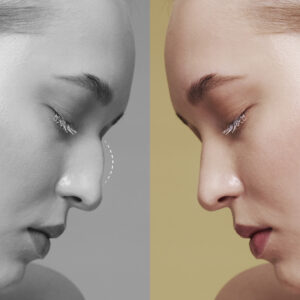
Reviews
There are no reviews yet.